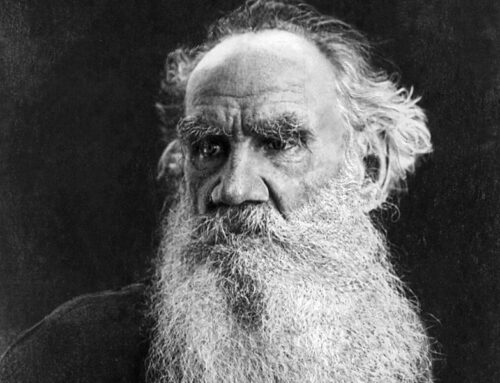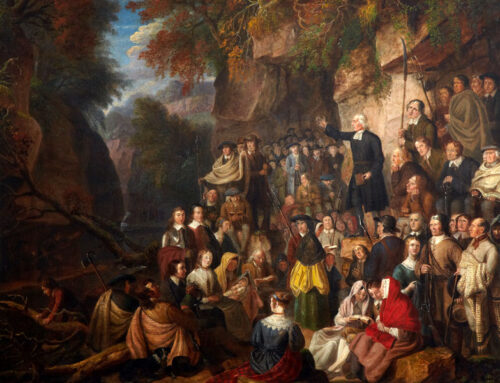

“Now when the Gentiles heard this, they were glad and glorified the word of the Lord. And as many as had been appointed to eternal life believed.” —Acts 14:38
Missionary John Hunt Arrives in Fiji,
December 22, 1838
Note: The grossly pagan practices mentioned here may be disturbing to some, but are the common end results of every culture that turns its back on God.
![]() he year 1838 was auspicious in the life of John Hunt. In February he met two missionaries to the Islands of Fiji in the Pacific Ocean and heard of the rampant cannibalism there. The Wesleyan Mission House asked him to go to Fiji as a missionary, a request he accepted. On March 6, he married his longtime sweetheart, Hannah Summers, and was ordained to Gospel ministry on March 27. He and his new bride departed for Sydney, Australia on April 29. In October, the now Reverend Hunt joined fellow Methodist missionary James Calvert, arriving at Lakemba, Fiji, on December 22. Over the ten more years of life that God granted him, John Hunt and a number of fellow missionaries witnessed the cannibalization of hundreds of people and the salvation of multiple thousands.
he year 1838 was auspicious in the life of John Hunt. In February he met two missionaries to the Islands of Fiji in the Pacific Ocean and heard of the rampant cannibalism there. The Wesleyan Mission House asked him to go to Fiji as a missionary, a request he accepted. On March 6, he married his longtime sweetheart, Hannah Summers, and was ordained to Gospel ministry on March 27. He and his new bride departed for Sydney, Australia on April 29. In October, the now Reverend Hunt joined fellow Methodist missionary James Calvert, arriving at Lakemba, Fiji, on December 22. Over the ten more years of life that God granted him, John Hunt and a number of fellow missionaries witnessed the cannibalization of hundreds of people and the salvation of multiple thousands.

John Hunt (1812-1848)
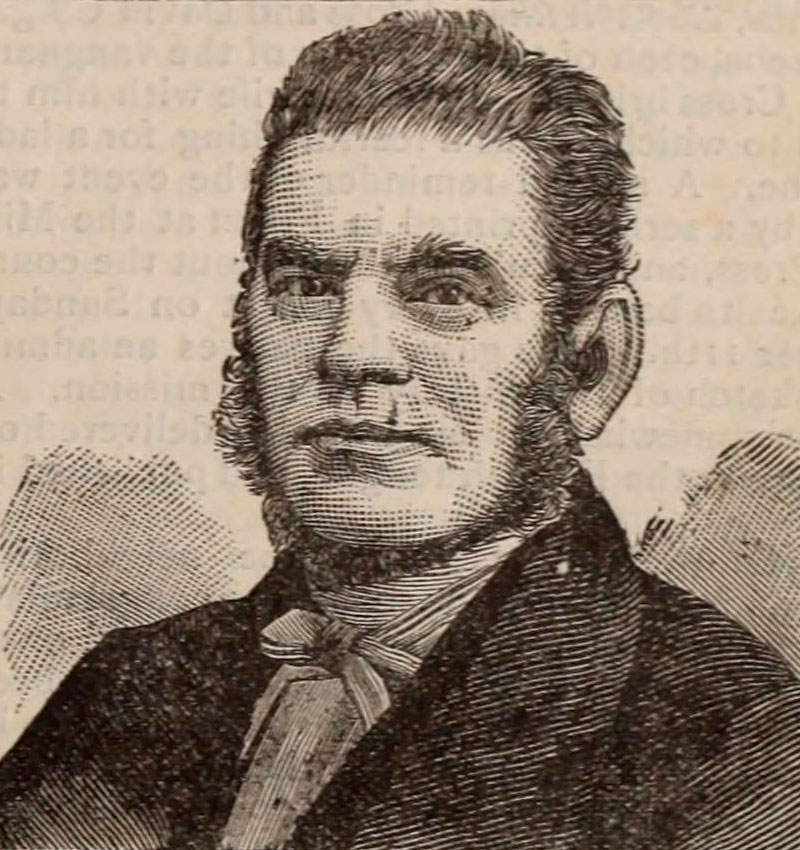
James Calvert (1813-1892)
John Hunt’s early life began as so many did in 19th Century England: in a moderately prosperous home, soon to be thrown into poverty. Born in 1812, the third of four children born to an illiterate country bailiff, his father lost his job, was forced to move to the city, and barely kept the family out of the almshouse till he found other work, making just enough to feed the family. John’s father often told stories late into the night of the heroism of English soldiers in the Napoleonic Wars, sparking the keen imagination of young John, who subsequently dreamed of military adventure and the dangers of the battlefield. He attended school and learned to read and write, proving to be a quick study and zealous student. From his parents he learned to pray and developed a keen sense of God’s Providence. After barely surviving a bout of “brain fever’ at age sixteen, John heard the Gospel at a Methodist Chapel and became a devout Christian; his life ambition began to change.

Fijian village of Navala in the Nausori Highlands
At nineteen he read Bunyan’s Pilgrim’s Progress and pursued a steady diet of good Christian books, from commentaries to apologetics. The ploughboy believed God called him to the Gospel ministry, and after meeting missionaries to Fiji and attending seminary classes in London, he determined to join the Methodist mission teams of the Pacific Islands. In 1838 at age twenty-six, John Hunt sailed for the Pacific. Upon reaching the Fiji Islands, he found that the missionary stories of a terrible paganism in many places were true. “Two-thirds of all children were boiled and eaten. Every village had its human butcher. Aged parents were . . . eaten by their children. A man would often cook his best wife or tender child as a feast for his closest friends . . .”
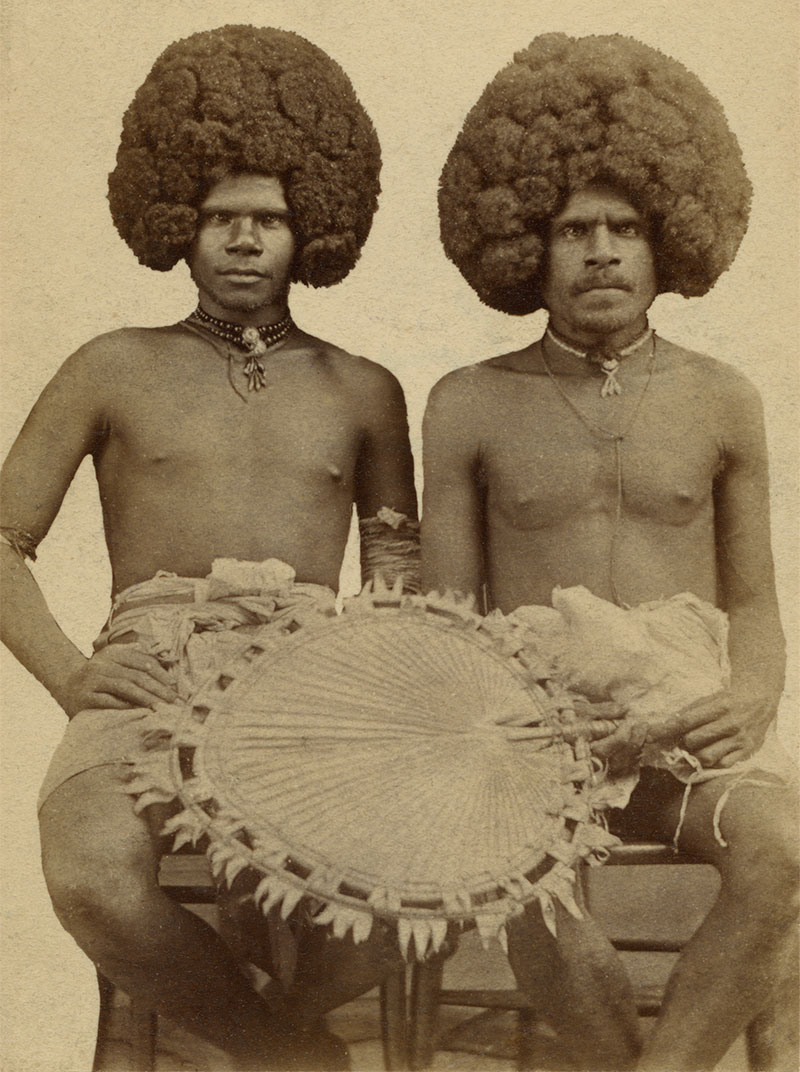
Two mountain men of Fiji
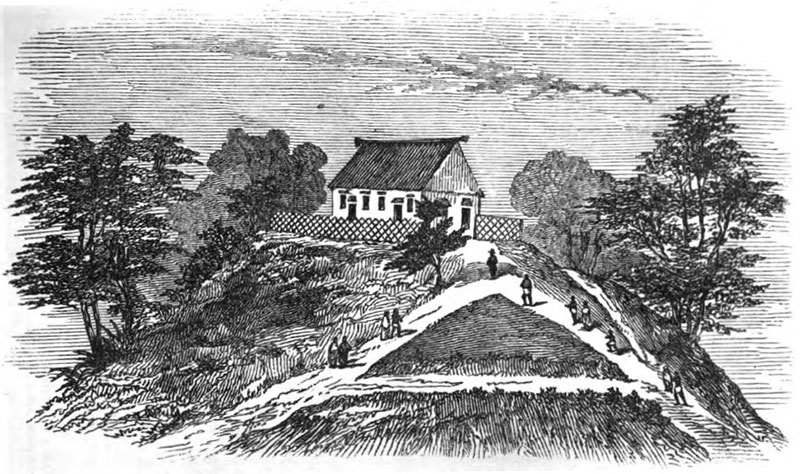
The Wesleyan Chapel in Vewa (Viwa), Fiji
Rev. Hunt and his wife were posted to Rewa, the 105-square-mile island out of the 300 islands that make up the nation of Fiji today; the island contains the capital city of Suva. By February of 1839, Hunt had learned enough of the Fiji language to begin preaching in that language. Within five months he began translating the Bible directly from Greek to Fijian. At the invitation of the King of Rewa, he established a mission at Somosomo and after three years moved to Viwa Island. Hundreds, then thousands of people embraced Christ under the preaching of John Hunt. The culture of those islands changed dramatically as cannibalism ceased, churches emerged from the pagan wreckage, and a tradition of Gospel witness continues down to this very day. The chiefs and priests did not receive the English-speaking missionaries lying down, however, and the push-back from their demon-based religious leaders took the form of armed rebellion and civil war. Nonetheless, the Gospel eventually triumphed, much to the dismay of the modern anthropologists who view the conversion of Fiji as another horrible example of Christian cultural hegemony, destruction and European imperialism.
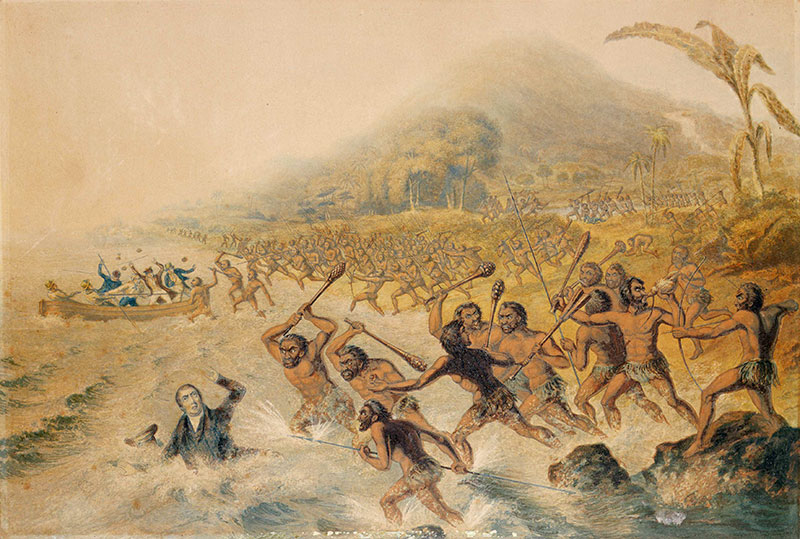
The massacre of missionary John Williams, one of many who gave his life to bring the light of the Gospel to dark Fiji
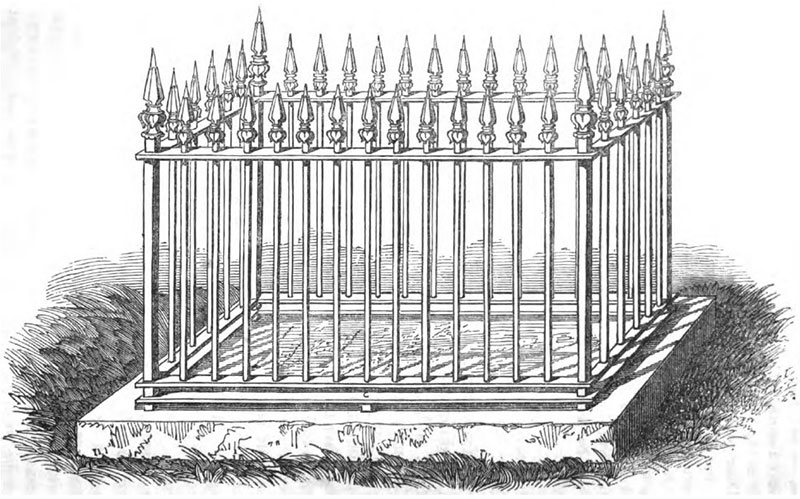
The tomb of John Hunt in Vewa (Viwa), Fiji
John Hunt died at the age of thirty-six of dysentery, a common and often fatal illness of the islands. Among his last words, he cried out “God save Fiji!” His story inspired others to join the efforts of Christians to evangelize the various island groups of the Pacific. Today, about 65% of the Fiji islanders are self-described Christians, 64% of them are Methodists, 14% Roman Catholic, and most of the rest Anglican, Assemblies of God, and Seventh Day Adventists. Twenty-seven percent of the population is Hindu and about 6% Muslim. The Fijian sports teams, especially their rugby players, have gained international standing and they always gather before and after a game to sing praises to Jesus Christ and hallelujahs to Jehovah, the God of their nation. Listen in on YouTube here and here.
Someday all sports teams will do this! “Every knee shall bow.”
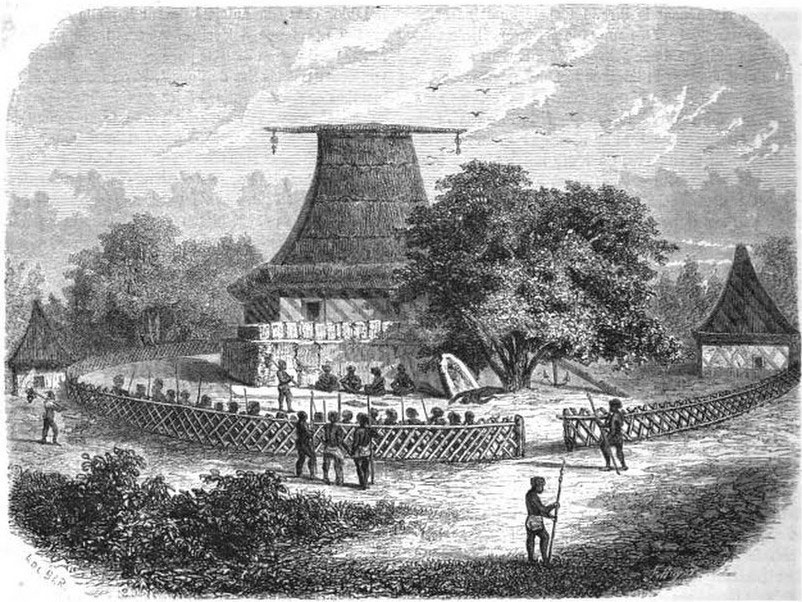
A traditional Fijian temple
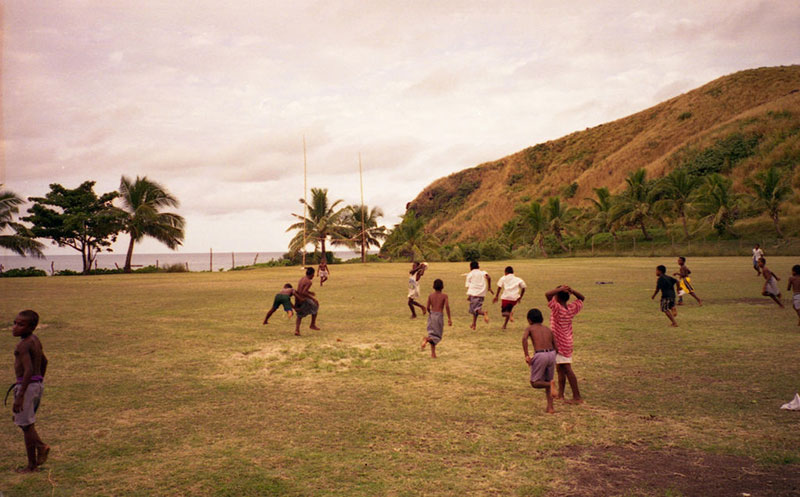
Fijian children playing rugby

The story of John Hunt is best told in The Life of John Hunt: Missionary to the Cannibals of Fiji, by George Stringer Rowe, 1874





